How to Coordinate Your Countertop & Backsplash
Have you ever walked into a space, looked around, thought “nope” and then tried and figure out why? I did this the second I walked into my apartment kitchen. Here is a picture of it.
It’s your typical apartment kitchen…nothing fancy, but certainly functional. It wasn’t the fact that the kitchen had cheesy dark wood cabinets, speckly laminate countertops, or low-grade black appliances that made me cringe. Those things in and of themselves were not a problem.
A space can work aesthetically even if the cheapest finishes are used, and very expensive finishes can look terrible together.
The problem with the kitchen was this –

The combination of the countertop and the backsplash. Neither of them is my favorite, but they are fine on their own. I see what the designer was trying to accomplish, because the colors coordinate. Yet…it still doesn’t work.
How to coordinate your countertop and backsplash
So why didn’t it work? Two reasons.
When it comes to hard surfaces, you only get ONE busy/patterned element per space.
My little apartment kitchen broke that rule, as both of them are busy and patterned. Here is another example. Same apartment complex, but this is the shared kitchen. More expensive hard surfaces, same problem.

Hold on, it gets way worse. Allow me to introduce you to the floor.

Three patterned surfaces is WAY too busy. It is in no way timeless. If just one of these elements had been used in conjunction with two solid surfaces it would look 100X better.
Every time I sat in that dang apartment waiting room, staring at that fancy mismatched kitchen, I would think to myself how I could have done a much better job with the design. I was all smug about it too, like I wasn’t there because I forgot to pay my rent, again.
We’re not talking about floors today or late rent today though, we are just sticking to countertops and backsplashes. Focus, Ashley. But also…who doesn’t offer autodraft?!
This second kitchen does win over the first one in my apartment though, for one reason.
When it comes to backsplashes, they need to come all the way down to the countertop.
See how the tile backsplash in the second kitchen goes all the way to the countertop, while the first kitchen has a small amount of the countertop material on the wall?
Tile to the countertop wins every time. If you are remodeling or building from scratch, take the backsplash material to the countertop. Even when the countertop company tells you the 4-inch backsplash is included in the price of the countertop. Tell them thank you, but no thank you.
There are two exceptions to this (just to make it extra confusing) –
- If you are using the countertop material as a backsplash (this is called a solid slab backsplash). To do this you need to bring the backsplash up significantly. Here are a few examples –

- Source – Wildfire Interiors


2. If you have a space where you have a countertop and not a backsplash, go ahead and do the 4″ backsplash out of the countertop material. This mostly be the case in bathrooms, not kitchens. Here are a few examples –



Here is an example of why you DON’T want to do this in a kitchen (besides the obvious cleanliness factor). This is a kitchen that has the four-inch backsplash without tile.

See how much better that same speckled brown granite looks with a simple white backsplash?

Going back to the one busy pattern per space rule, let’s look at some examples.
It may seem that designing spaces with this in mind may lead to some very simple…maybe even boring spaces. But that’s simply not true.

The above kitchen is a beautiful example. No one would ever call this kitchen boring. It’s freaking beautiful, and I would love to have it in my own home. The backsplash has a lot going on, and the other finishes (countertop and floor) and very simple.
Also, you may notice the white countertop does have a bit of light veining, it’s not solid white. It’s so light and subtle that it doesn’t distract from the main character of the kitchen (the backsplash).
Here is another stunning example –

Below is an example where the bold pattern is on the countertop and the backsplash is solid.

Lastly, here is a more complicated example of what I am talking about. The bold pattern in this kitchen is on the bottom of the island. The countertop is (basically) solid white, the floor and cabinets are solid and neutral (wood), and the backsplash is warm peachy color. The backsplash tile has a pattern, but the overall color is solid.

In conclusion…when it comes to hard finishes, stick with one pattern per room. Not only will this result in a better-looking end product, but making selections with this in mind should make the process simple and fun. Because you know what is hard and frustrating? Trying to make two busy finishes look good together.
More Mid-Century Modern Kitchen Posts
- 7 Mid-Century Modern Kitchens That Inspired My Own
- Small Kitchen Design & Elevations
- Flat Panel Custom Cabinets
- White Kitchen Backsplash Tips & Ideas
- How to Coordinate Your Countertop & Backsplash
- Mid-Century Modern Kitchen: Countertop & Backsplash
- Guide to MCM Cabinet Hardware
- Mid-Century Modern Kitchen Reveal!



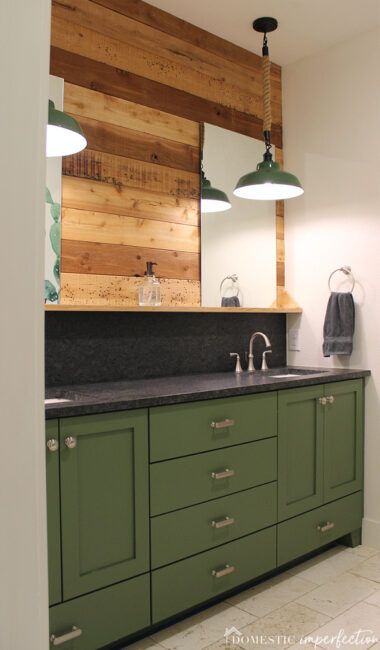
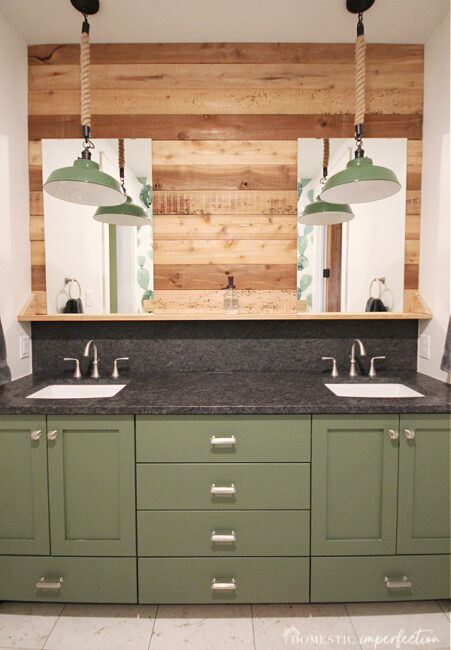
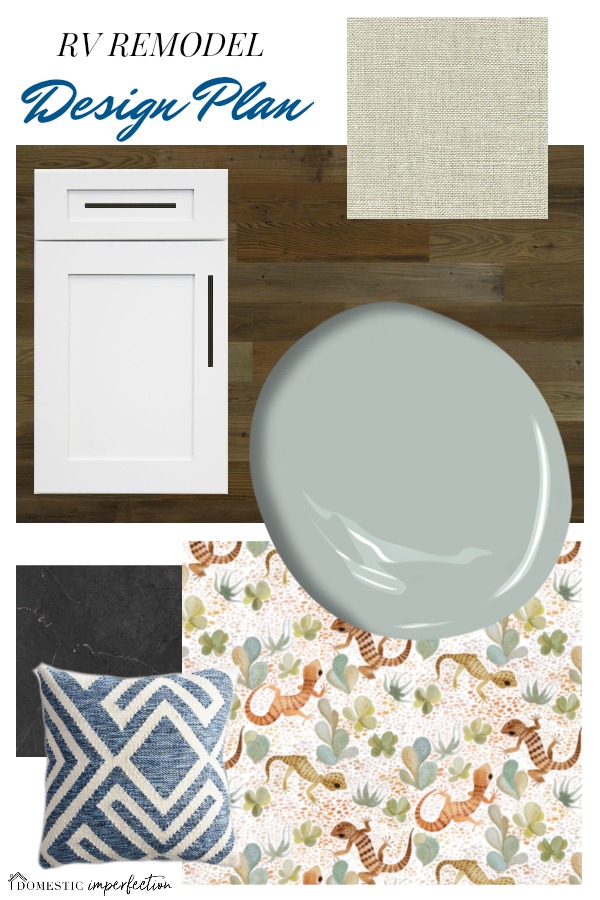
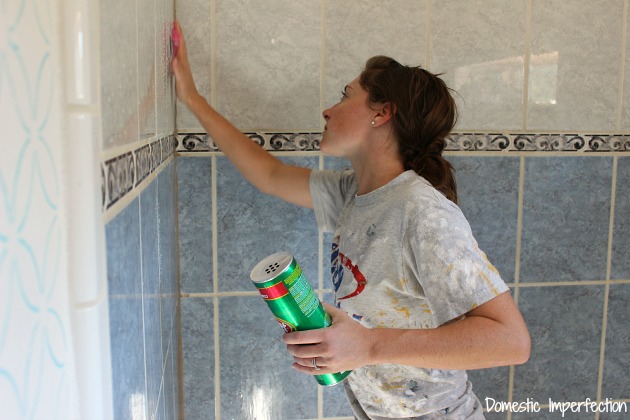
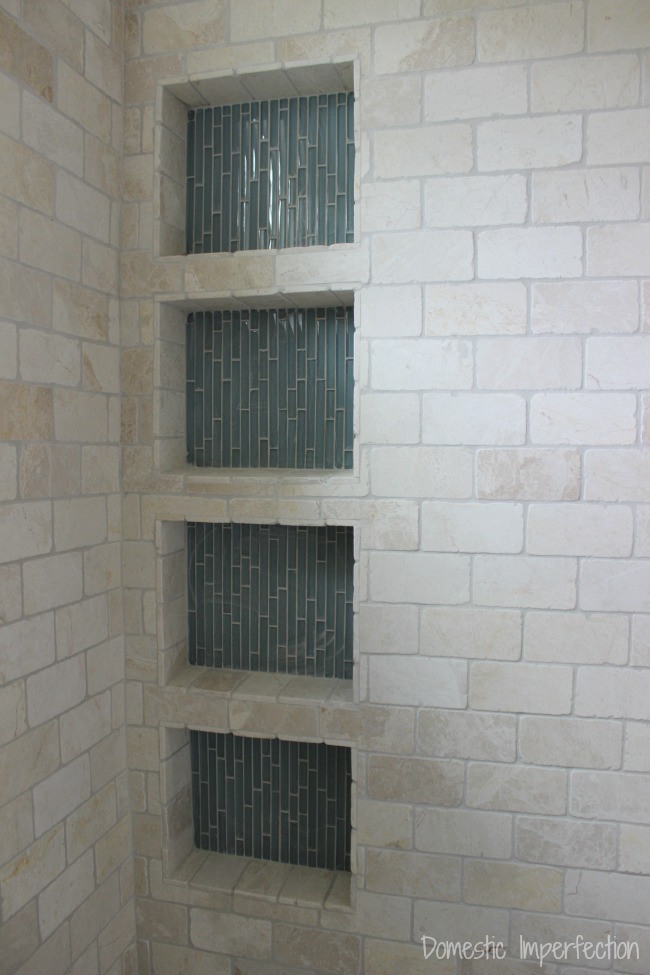
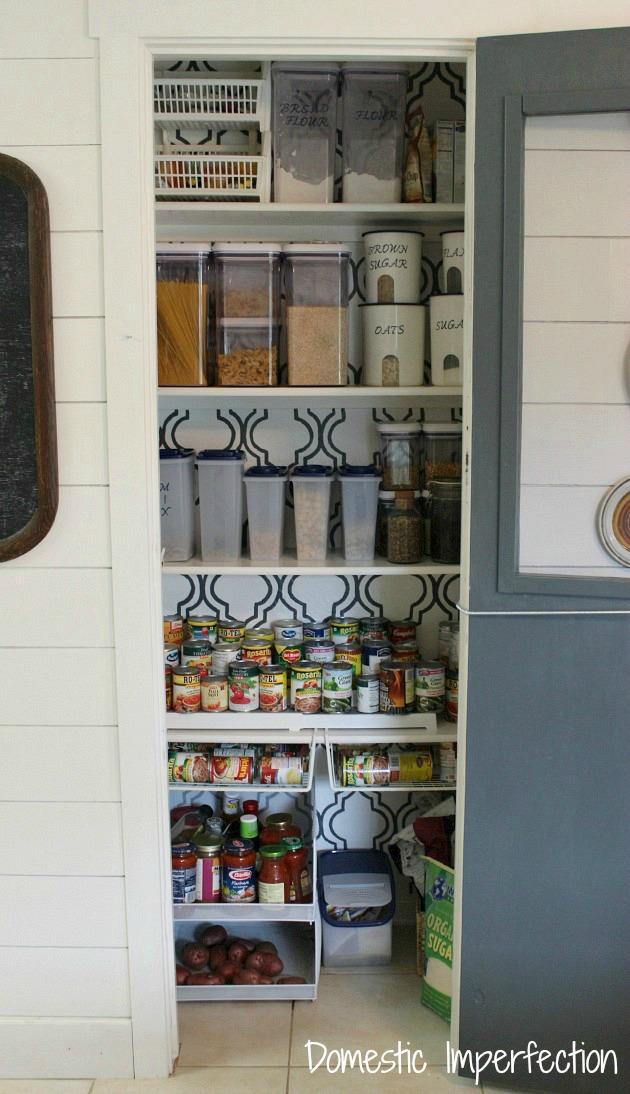
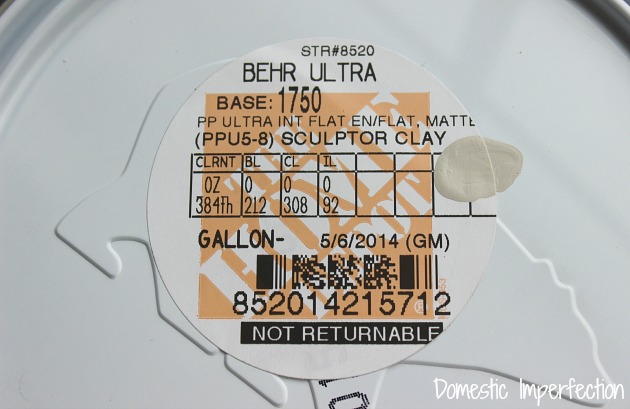
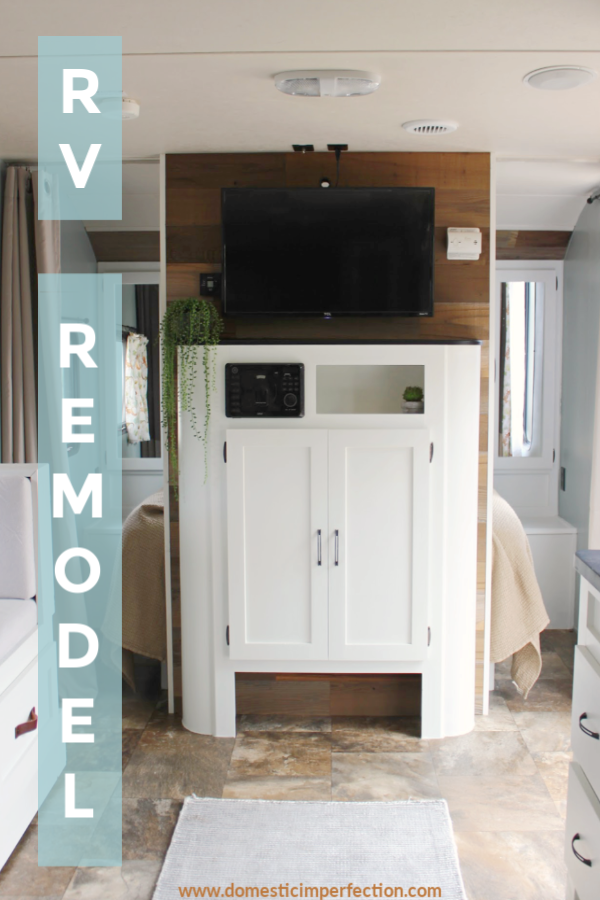
Wow, such great advice! It helps to have you specify WHY certain spaces don’t look right, too. Great takeaways!
I agree with your comment that coordinating your countertop and backsplash is essential for creating a visually appealing kitchen. Thank you for giving some very amazing ideas!
This post effectively guides readers on achieving a seamless and visually appealing kitchen design. The examples provided demonstrate how thoughtful coordination can elevate the overall aesthetics of the space.
Hello–great article! Wondering what you think about a compromise with a 2 inch backsplash in counter material with tile above? I have a smaller sized kitchen and am using soapstone (some veins) with white cabinetry and a simple tile to blend with the cabinets. My cabinet maker advised adding a 4 inch soapstone backsplash with tile above because he said the joint where the tile and stone meet will need regular maintenance. He said the short backsplash conceals any joint issues better than just tile running to the counter. Most photos I see do not have any short backsplash, though. I love the look of the full stone backsplash or a much taller one, but my kitchen is small without big windows, so I think white tile will help brighten it.
I wouldn’t add the two inch backsplash. Take the tile to the counter or take the countertop material all the way up the wall up, like you mentioned. There is going to be a joint there no matter what, whether it is tile or a small strip of countertop. To cover that joint, all the countertop installers are doing is adding a strip of clear silicone, which you can do with tile as well.